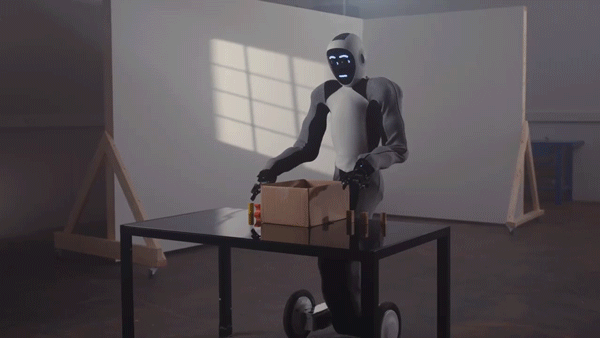Meta AI unveils new AI tool to identify objects in images and videos
Meta's image segmentation model could have a lot of applications, including in AR and VR.

When it comes to generative AI news, Meta has taken somewhat of a backseat as of late. However, on Wednesday, the tech giant unveiled research on image segmentation that could have a large impact on the future of AI.
Image segmentation simply refers to an AI model that can identify different items in a photo. For example, in a photo of a box of fruit, using image segmentation, an AI model would be able to identify each individual fruit photographed and the box, as seen by the Meta demo.
Meta's Segment Anything project includes a new task, dataset, and model for image segmentation that aims to "democratize segmentation," according to Meta.
Meta released both its general Segment Anything Model (SAM) and its largest ever segmentation dataset, Segment Anything 1-Billion mask dataset (SA-1B). The dataset has over 1 billion masks on 11 million licensed and privacy-respecting images.
Meta says it released (SAM) and (SA-1B) "to enable a wide range of applications and promote further research into foundation models for computer vision."
Image segmentation can be used for photo editing, scientific imagery analysis, larger AI systems that require a general multimodal understanding of the world, and most interestingly, AR and VR.
Previous segmentation models either required an individual to guide it through interactive segmentation or training based on substantial amounts of manually annotated objects for automatic segmentation.
SAM is a single model that can easily perform either segmentation method. It means practitioners no longer have to collect their own segmentation data and also eliminates the need to fine-tune a model for their use case, saving both time and effort.
You can test out the technology by visiting the Segment Anything demo site and uploading your own image or utilizing a photo in the gallery.
Unveiled last fall, Sparrow is the next stage in the evolution of Amazon’s robots.
The new Drone and Advanced Robotic Testing and Training zone at Area X.O is the first of its kind facility in Canada.
A new ‘warehouse of tomorrow’ opened its doors today.
Walmart, the retail giant, has announced an investment of $350 million in its distribution center located in Alabama.
Ek-Robotics, a leading innovator in the field, has recently showcased groundbreaking prototypes for teleoperated control of transport robots.
Wendy’s to pilot underground robots for faster order pickup.
Whether or not Europe is on the cusp of a golden era in robotics is a matter of debate and depends on various factors.
It seems OpenAI is ready to get back into embodied intelligence
The biggest employer in the US envisions dramatically changing the nature of retail work as it deploys robots to take on more and more tasks.
At Shoptalk in Las Vegas this week, Melissa Nick, Amazon’s vp of North American fulfillment, spoke onstage about building resiliency into its overall supply chain.
Canada has been the worst-performing advanced economy in the Organization for Economic Co-operation and Development (OECD) for decades.
Nordstrom is using supply chain automation and artificial intelligence to catalyze the customer and employee experience.
With the impact of industrial robots many employees have feared that one day robots will take their jobs.
NFI Ventures Announces Investment in Freespace Robotics for Optimizing Supply Chain Operations
The last mile is the most expensive leg of the logistics chain and often accounts for over 50 percent of the costs.
Robots are key to helping Amazon sort and send 5 billion packages a year.
Advanced automation technology enables sort, pick and put-away for repetitive tasks in floor-to-ceiling operations.
Ingka Group is the first retailer to use such solution successfully at scale for stock inventory.

















